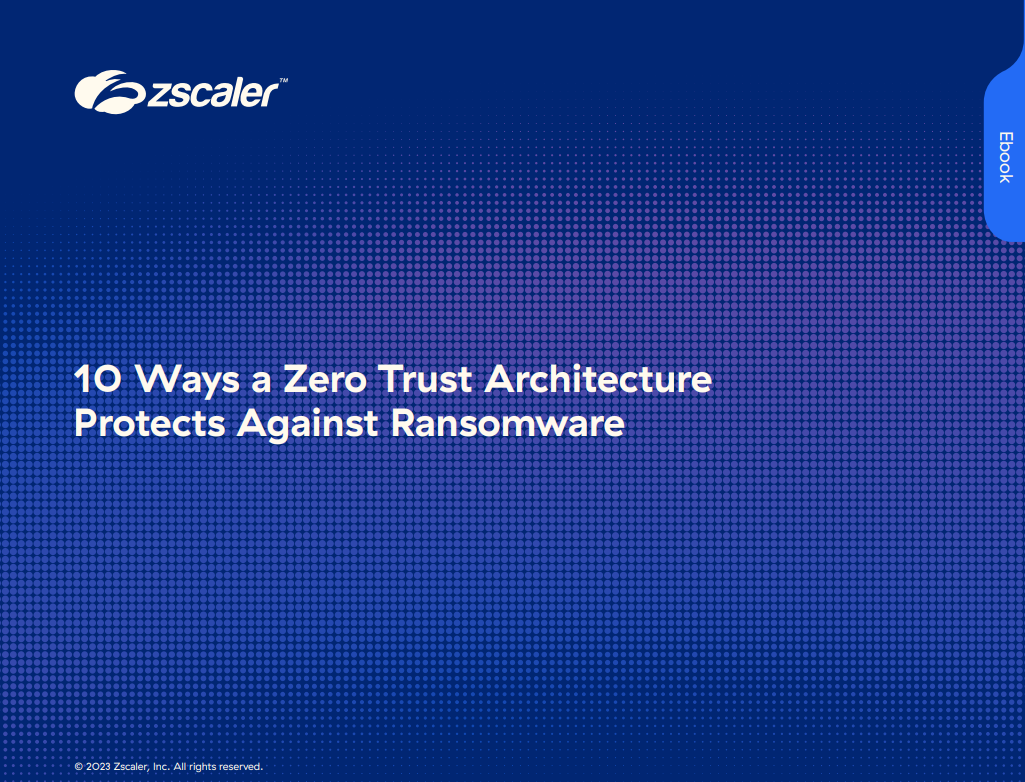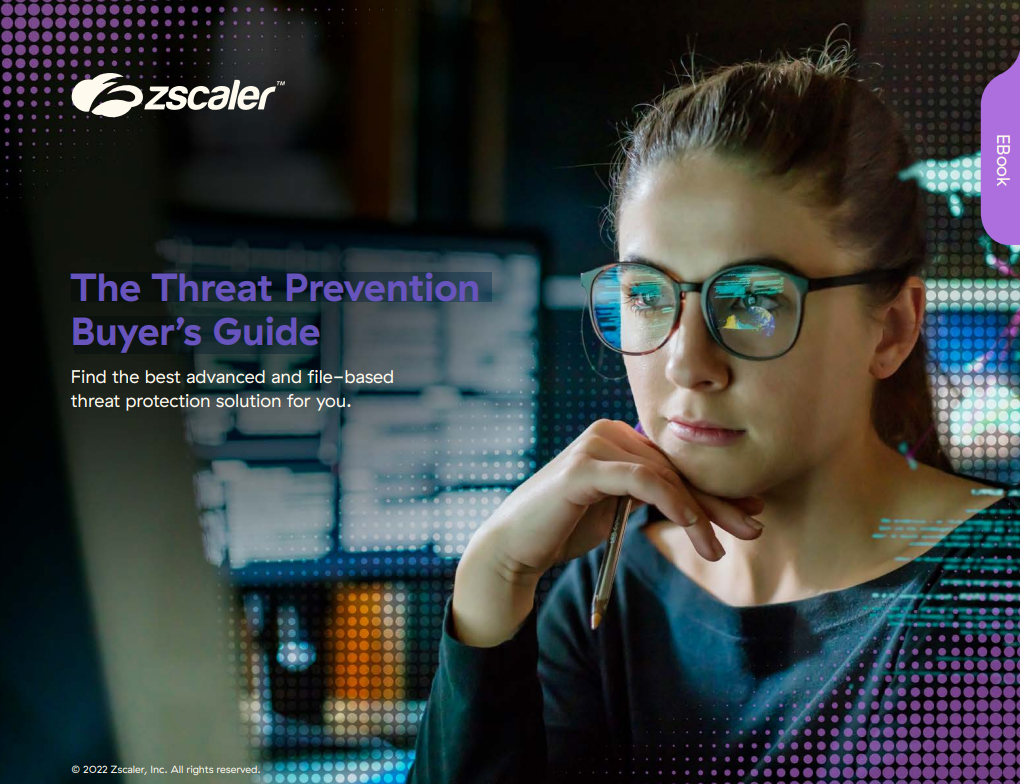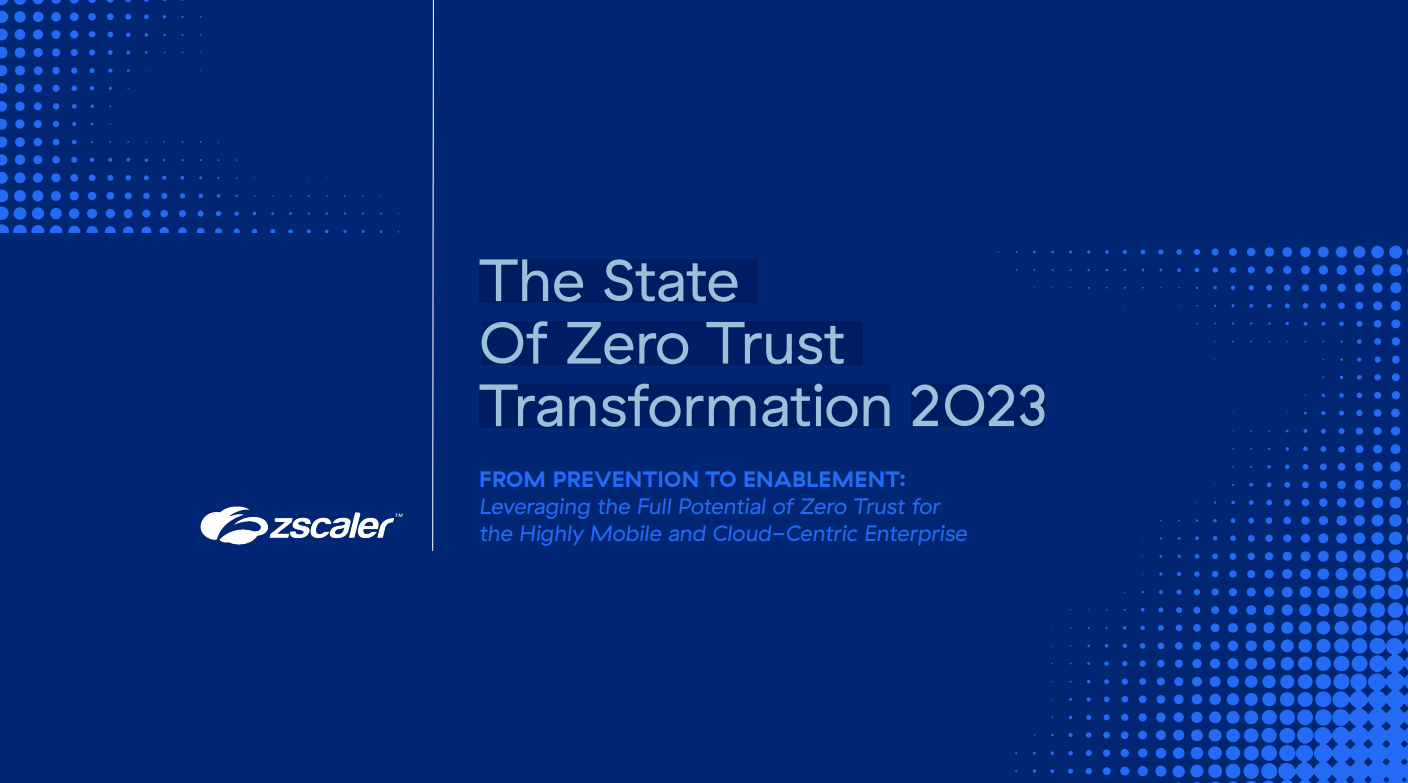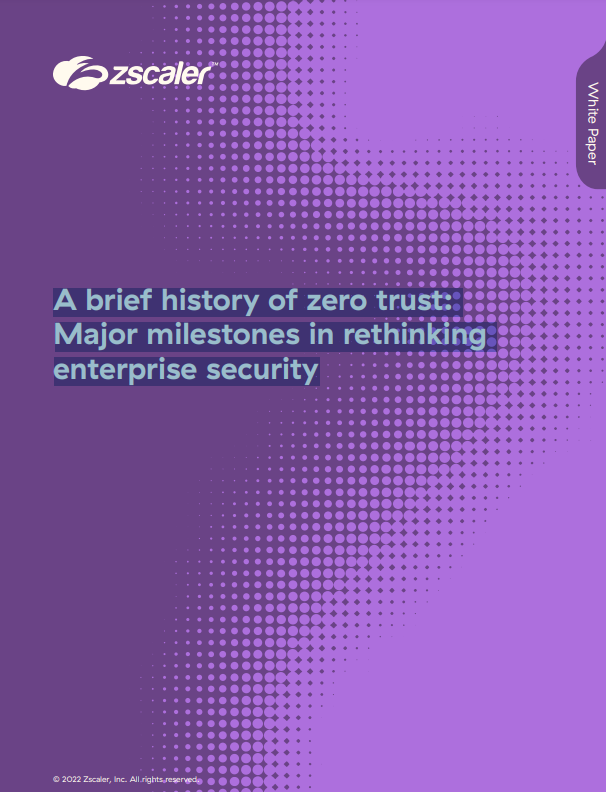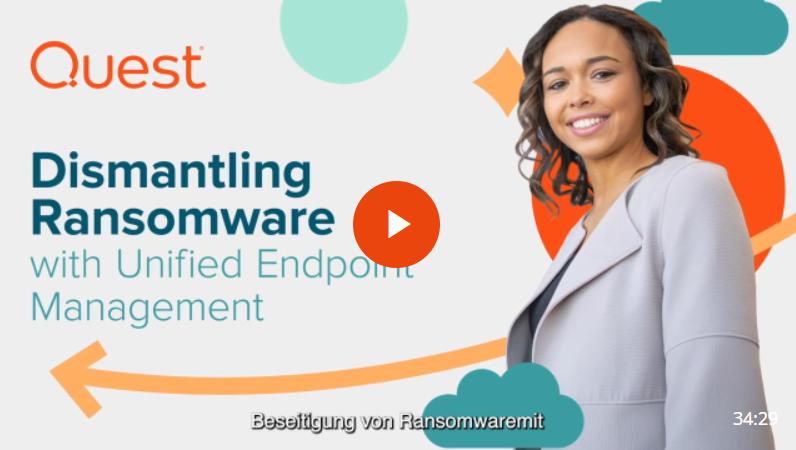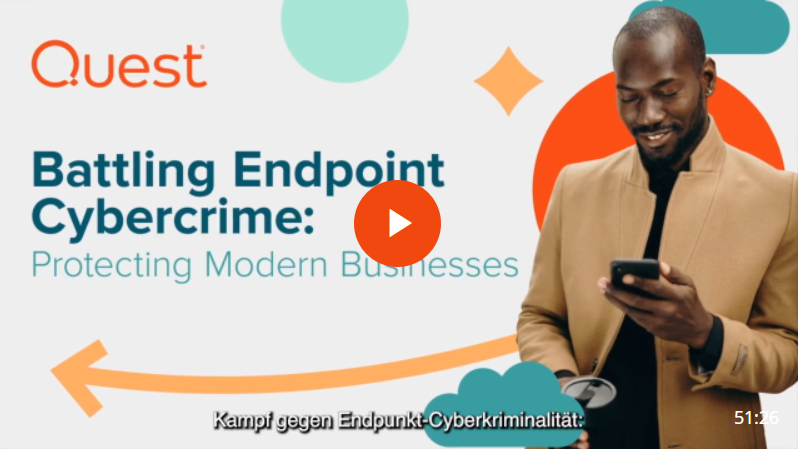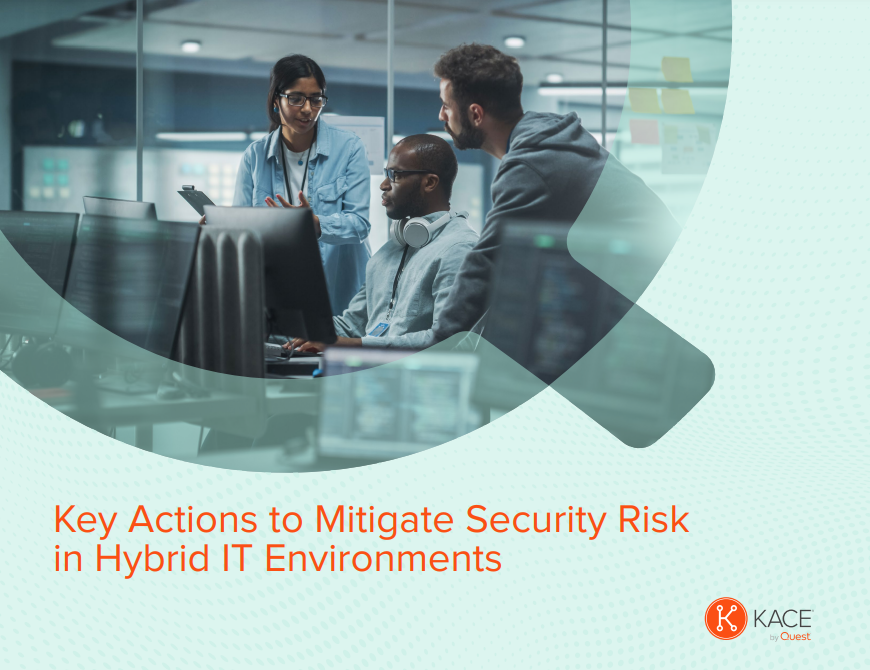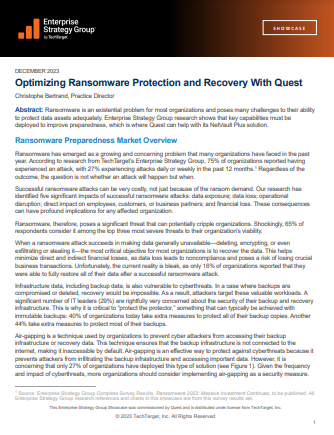10 Ways a Zero Trust Architecture Protects Against Ransomware
Why is zero trust the most effective approach to protecting your organization from ransomware? Let us count the ways. In “10 Ways a Zero Trust Architecture Protects Against Ransomware”, you’ll read how to use zero trust to defend against ransomware at every step of the attack chain, including how to: • Minimize the attack surface
